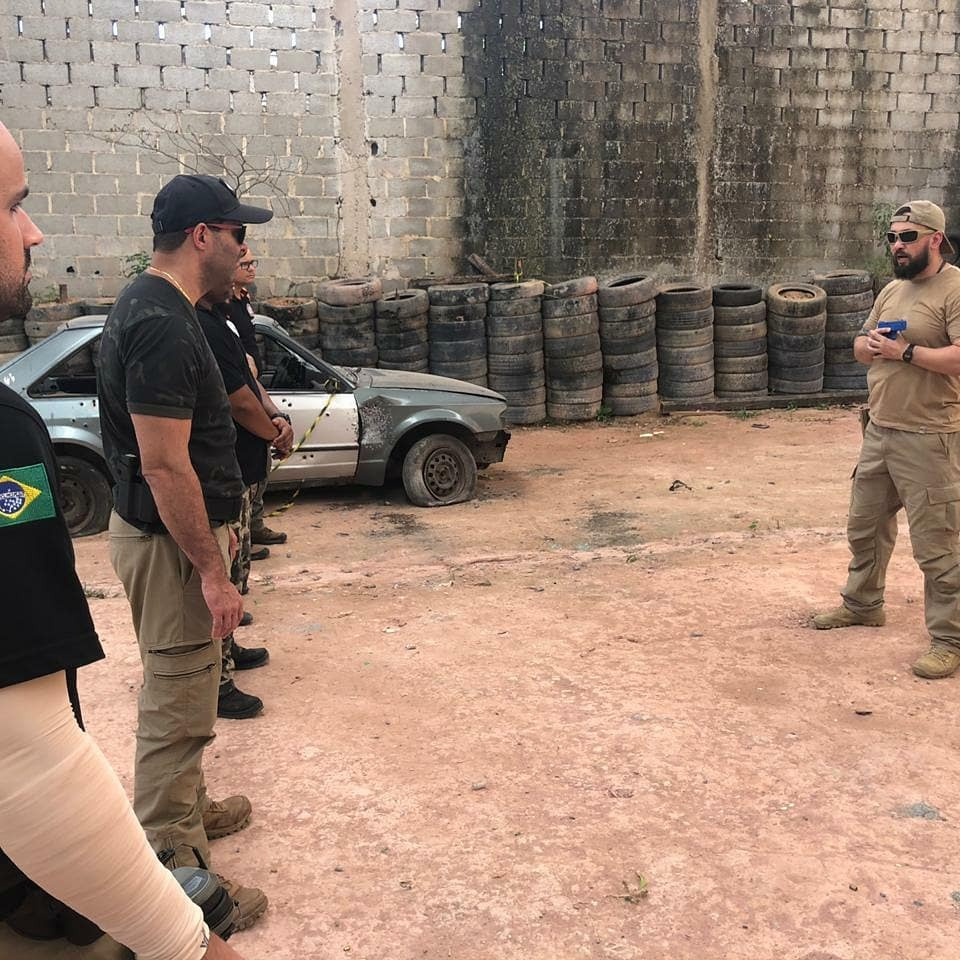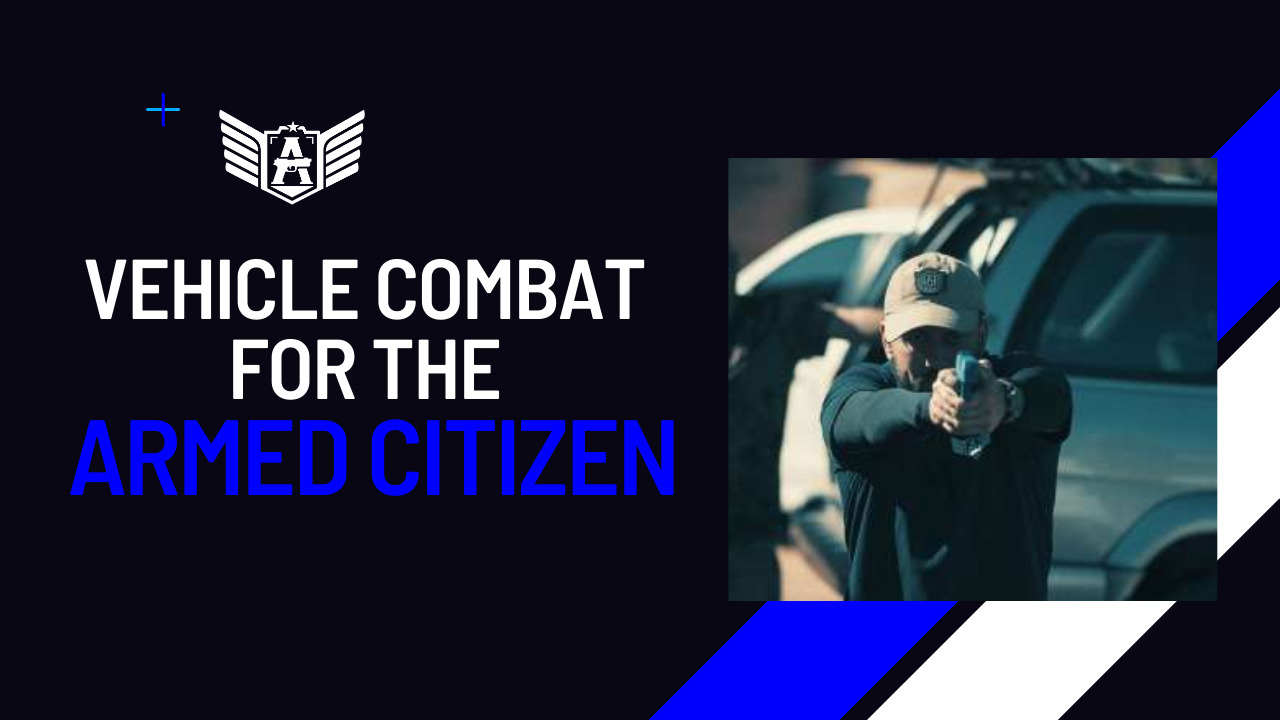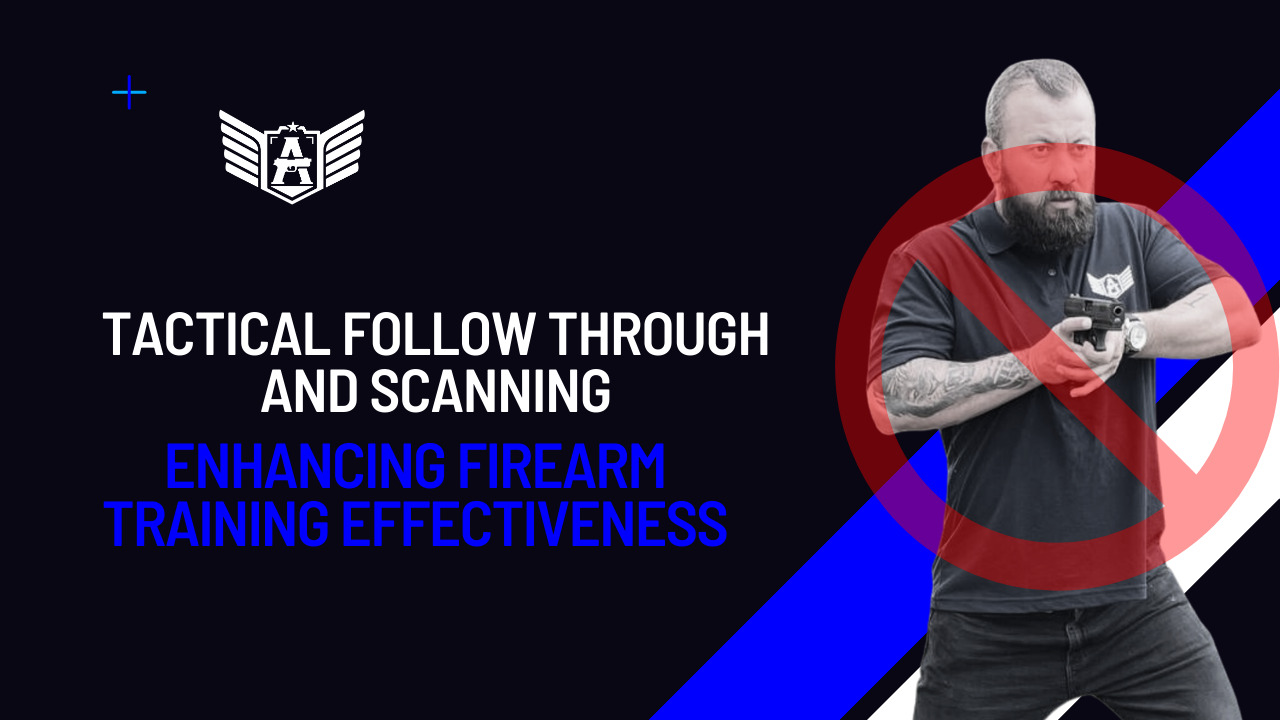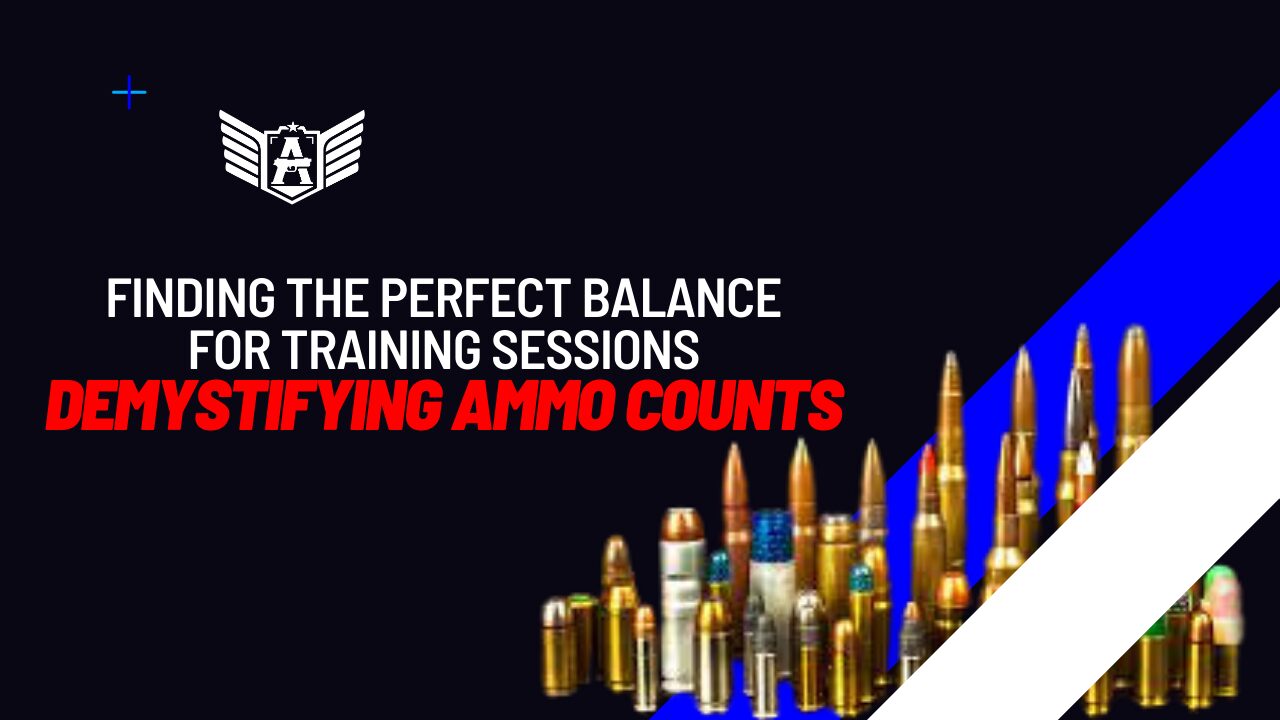
Nowadays, many citizens spend a significant portion of their days inside their vehicles, whether due to the distance of their daily destinations or the inevitability of traffic congestion.
In a violent world, for those who intend to defend themselves and protect those who matter, being prepared with state-of-the-art techniques to combat within and around vehicles is an undeniable necessity.
The combat doctrines within vehicles most well-known to instructors and trainees originate from the police and military contexts, focused on their typical work activities. In these activities, a group of armed individuals prepares to collectively engage in combat, for example, against enemies who have set up an ambush.
However, the armed citizen’s daily life, who aims to protect their family from criminals, is quite different from the aforementioned scenarios. Often, the father, who is driving the vehicle, is responsible for the safety of his wife and children who unfortunately often lack combat capability.

So how can a technical standard designed for military and police apply to such a distinct reality?
The answer is simple: it can’t.
The training for an armed citizen needs to have distinct characteristics. ABA Intl has developed its own doctrine to cater to armed citizens, off-duty police, and military personnel, often without the support of their team or equipment.
It starts with classifying the occupants of the vehicle according to their combat capability:
- Active combatants: individuals who possess the technical and psychological ability, equipment, and willingness to engage in combat.
- Active non-combatants: individuals who, although lacking technical combat skills, can assist in combat parallelly, such as providing information or driving the vehicle.
- Passive non-combatants: individuals who lack combat capability and do not participate in combat in any form. They are individuals who need to be prioritized for protection by the active combatant.
Understanding the vehicle as a priority tool for this level of combat is considered necessary. Everything from maintenance to driving needs to be taken into account.

Similar to how we consider prevention and layered security in home defense, when dealing with vehicles, the focus needs to be on intelligence. Battles need to be won with brains, not just weapons.
Through proper allocation of resources and SPECIFIC technical and tactical training for this niche, the chances of success for citizens against typical threats of urban violence can be increased.
Join our next vehicle combat course and learn more.




